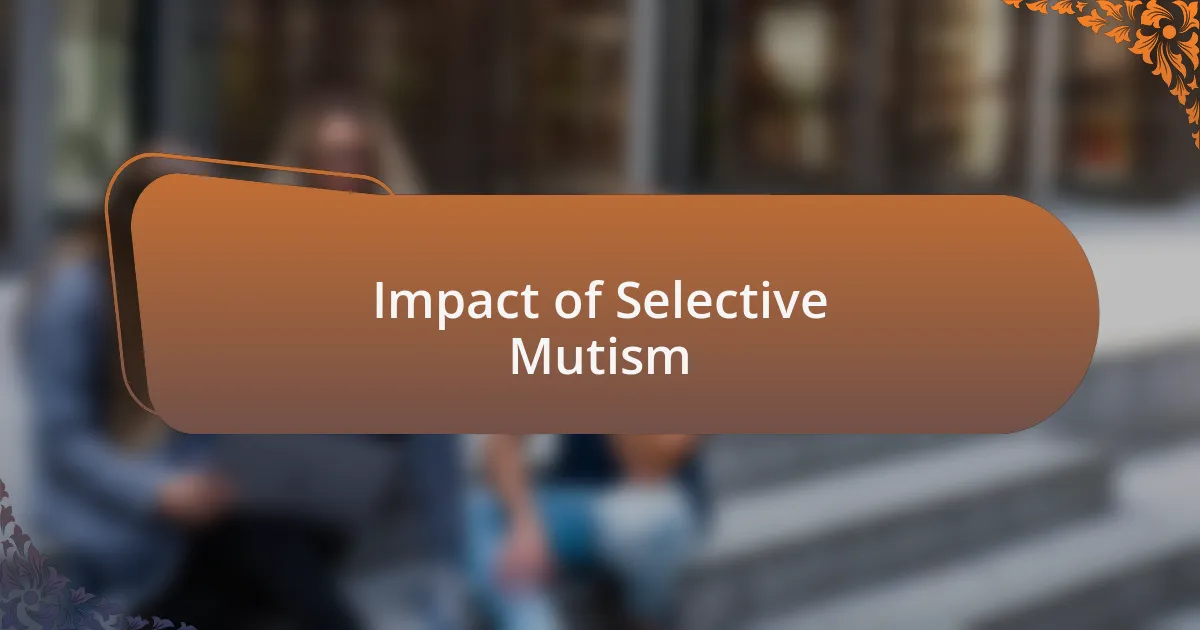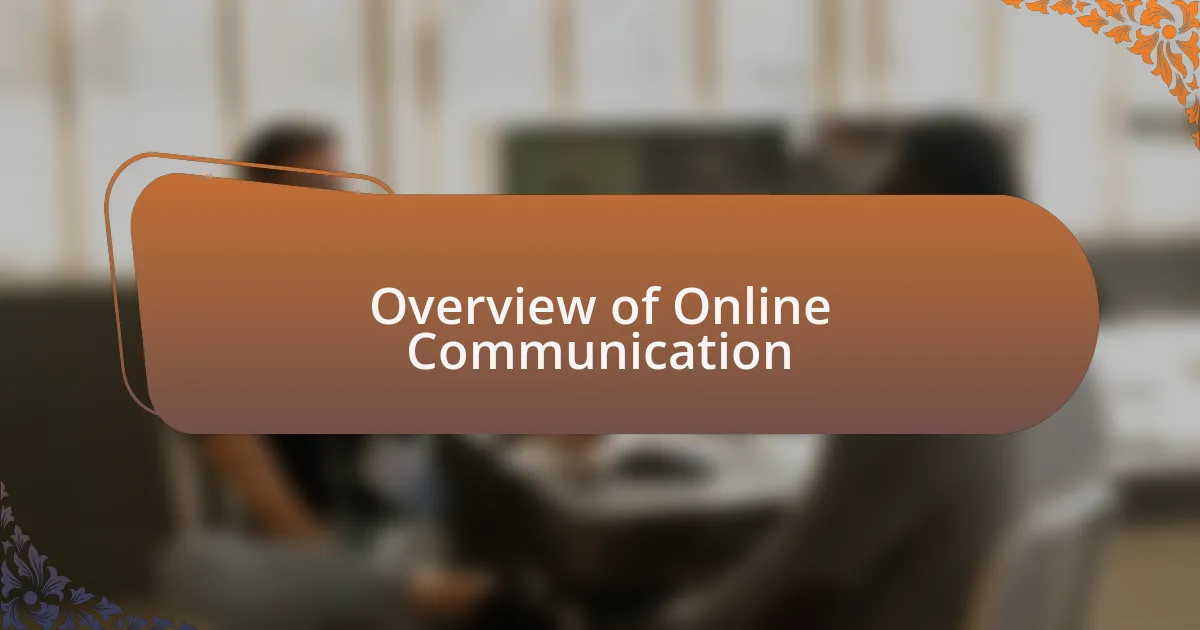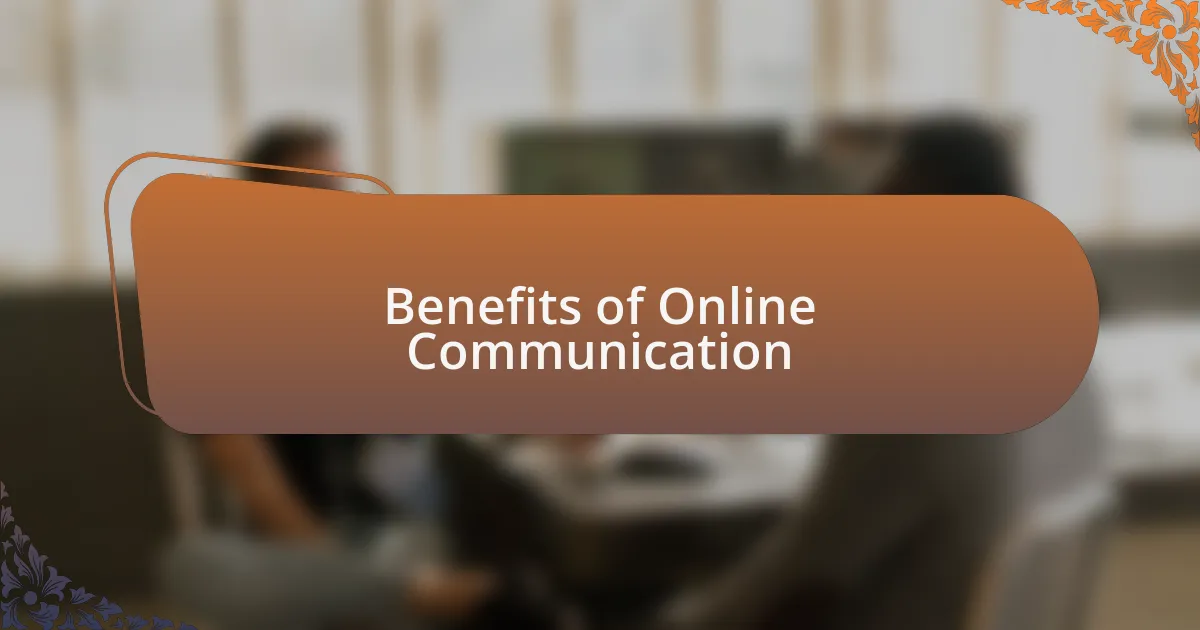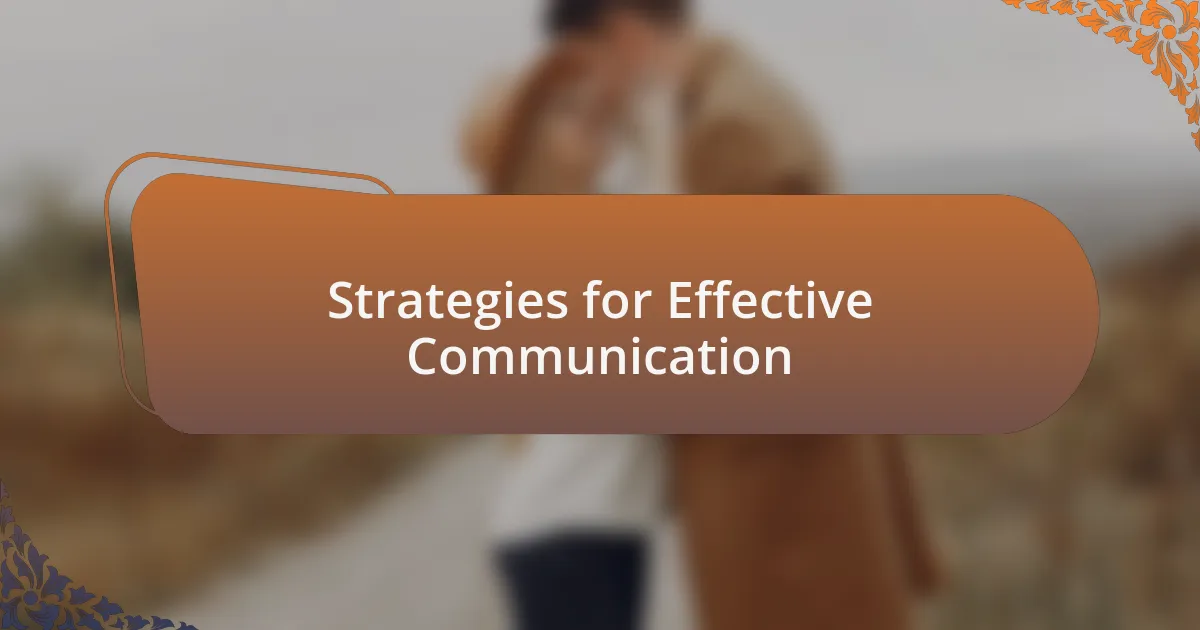Key takeaways:
- Selective mutism is a complex anxiety disorder that creates challenges in communication and emotional health, often overlapping with other anxiety disorders.
- Online communication offers a safe space for individuals with selective mutism to express themselves without the pressures of in-person interactions.
- Creating a supportive environment and educating others about selective mutism can foster understanding and empathy, enhancing connections for those affected.

Understanding Selective Mutism
Selective mutism is much more than simply being shy; it’s a complex anxiety disorder where a child or individual consistently struggles to speak in certain social situations. Reflecting on my own experiences, I remember how difficult it was to communicate in classrooms, often feeling trapped in silence while my peers easily conversed. Have you ever felt that overwhelming weight of expectations in social settings, where just opening your mouth feels like an enormous challenge?
Think about the emotional turmoil that can accompany selective mutism. It’s not a choice; it’s an unrelenting fear that can isolate someone, even amidst friends. I vividly recall observing a classmate who would light up with laughter at home but would turn into a statue in school, her voice lost in the shadows of anxiety. How heartbreaking is it to see someone full of potential feel powerless?
Moreover, understanding selective mutism involves recognizing that it often overlaps with other anxiety disorders, which can further complicate the experience for those affected. I’ve come to realize that conversations about anxiety within this context can be enlightening. It raises the question: How can we better support each other in breaking the barriers of silent struggles?

Impact of Selective Mutism
The impact of selective mutism can be profound, affecting not just communication but the overall emotional health of the individual. I remember attending a school function where I wanted to join in conversations but felt as if an invisible force held me back. The anxiety often created a barrier not only between me and my peers, but also between me and the opportunities to connect and build friendships.
Social interactions typically bring joy, yet for someone with selective mutism, they can feel like navigating a minefield. I once sat in a group project, filled with ideas I longed to share, but the rush of panic silenced me. Have you ever felt your thoughts trapped inside, wanting to burst out but being paralyzed by fear? This silence can lead to feelings of frustration and inadequacy, making each missed opportunity feel like a deeply felt loss.
On a broader scale, selective mutism can hinder academic performance and social development. It’s not uncommon for a struggling student to fall behind, as participation is often key to learning. Witnessing classmates advance while I stayed silent was a tough pill to swallow. How does one reconcile the desire to be heard with the shadows of fear that loom large? Understanding this impact calls for compassion and an urgency to create environments where every voice can find a way to be heard.

Overview of Online Communication
Online communication has transformed the way we interact, especially for those navigating selective mutism. I vividly remember my first experiences with online forums; they offered a safe space where I could express thoughts without the face-to-face anxiety. Have you ever felt relieved to share your ideas through a screen, where the pressure of in-person expectations fades away?
In the digital realm, conversations can unfold at a comfortable pace. I recall using instant messaging with friends, allowing me to participate without the overwhelming sensation of being put on the spot. This breathing room often created moments of connection and understanding that felt impossible in person. Was it just me, or did these digital exchanges cultivate a sense of freedom that made vulnerability seem less daunting?
Social media platforms also play a pivotal role by creating communities for those living with selective mutism. I found solace in discovering others who shared similar experiences, and it became a source of encouragement. Isn’t it amazing how a simple post can spark a dialogue that fosters both support and empowerment? This virtual connection opens doors to building relationships that might otherwise remain closed in traditional settings.

Benefits of Online Communication
There’s a certain magic in the anonymity of online communication that I’ve found invaluable. When I first began participating in virtual support groups, I experienced a weight lift off my shoulders; no judgmental gazes or the pressure of immediate responses. Doesn’t it feel liberating to express yourself freely, with the comfort of knowing that you can take your time to respond?
Another significant benefit is the ability to connect with individuals from all walks of life. In one of my online communities, I shared my story and received messages from people across the globe who had gone through similar struggles. It made me realize how powerful it is to know you’re not alone. Have you ever felt that spark of hope when someone resonates with your journey, even if they live miles away?
The flexibility of online communication also aids in navigating social situations that might feel overwhelming. I often find myself preparing for potential conversations by practicing in my head or even writing down thoughts beforehand. This isn’t always possible in person, where spontaneity can lead to anxiety. How often have you wished for that extra moment to collect your thoughts before speaking? Being online bridges that gap, allowing for a more comfortable exchange of ideas, making it easier to engage authentically.

My Experience with Online Platforms
As I navigated various online platforms, I discovered the enormous variety of communication styles that people use. One evening, while participating in a live chat, I connected with someone whose writing style mirrored my own struggles. I remember feeling an instant connection; it was like finding a kindred spirit in the vastness of the internet. Have you ever felt that rush when you realize someone gets you?
Engaging in online spaces also requires a different kind of self-awareness. There was a time when I hesitated to share my thoughts due to fear of misunderstanding. One day, I decided to take a leap and post a vulnerable message in a forum. The flood of supportive responses made me feel seen in a way I hadn’t anticipated. Isn’t it remarkable how, behind a screen, a sense of understanding can bloom?
I also learned that the way I present myself online can shape my interactions significantly. I recall experimenting with my profile bio, trying to word it in a way that felt true to my experiences. Seeing how others resonated with my story encouraged me to continue sharing. Have you noticed how a few carefully chosen words can bridge distances and foster genuine connections?

Strategies for Effective Communication
Building effective communication online often starts with being mindful of how we share our feelings. I recall a moment during a group video chat where vulnerability led to a breakthrough; when I hesitated to speak, one participant shared their struggle, which inspired me to open up. Isn’t it amazing how sharing our fears can actually strengthen our connections?
Another strategy that proved invaluable was actively listening and responding thoughtfully. In one online forum, I noticed that taking a moment to process what others said before replying helped me engage with more depth. Have you ever found that pausing to reflect on someone else’s words can reveal insights you might have missed otherwise?
Lastly, using creative mediums for expression, like art or writing, made a difference in how I connected with others. I once shared a poem about my feelings related to selective mutism, and the overwhelming response brought tears to my eyes. It made me realize that sometimes, words don’t just communicate; they resonate, forging stronger ties that transcend mere conversation. How have your experiences shaped the ways you connect with others?

Supporting Others with Selective Mutism
Supporting those with selective mutism requires patience and understanding. I vividly remember a time when a friend whispered their truth to me, feeling inadequate to speak openly in public. Just being present and offering nonverbal encouragement allowed them to communicate at their own pace, reinforcing the bond between us. Have you experienced the power of silence that transforms the way someone feels comfortable sharing?
In my journey, I’ve learned that creating a safe space is essential for those affected by selective mutism. I often engage in activities that allow for low-pressure interaction, like drawing together or sharing a book. These moments can spark conversations that may not happen in traditional settings. How often do you find that comfort leads to more meaningful exchanges?
Additionally, it’s important to educate ourselves and others about selective mutism. I found that explaining the condition to friends not only clarified misconceptions but also invited their support. Have you ever taken that step to bridge the knowledge gap, only to see the positive impact it creates within your circle? It’s remarkable how awareness can foster empathy and build a nurturing community.